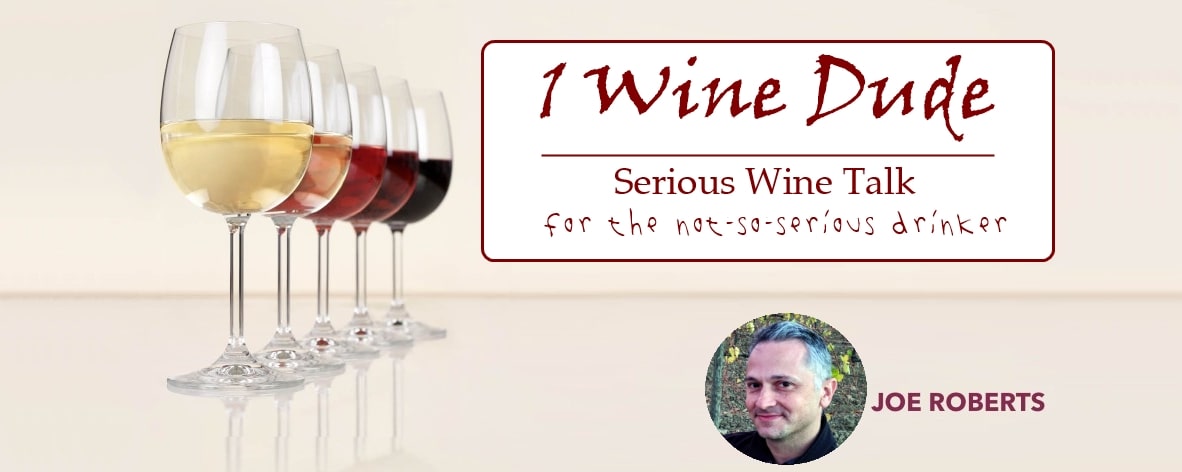Nestled in the sandy clay soils between the Taburno and Matese mountain ranges in Italy’s Campania region, at about 200 meters above sea level, sit a relatively small number thirty year old lost souls. Well, almost lost souls, anyway. Specifically, the “esoteric” grape varieties Pallagrello Bianco, Pallagrello Nero and Casavecchia, rescued in part as a…
A Serious Wine Blog For the Not-So-Serious Drinker

